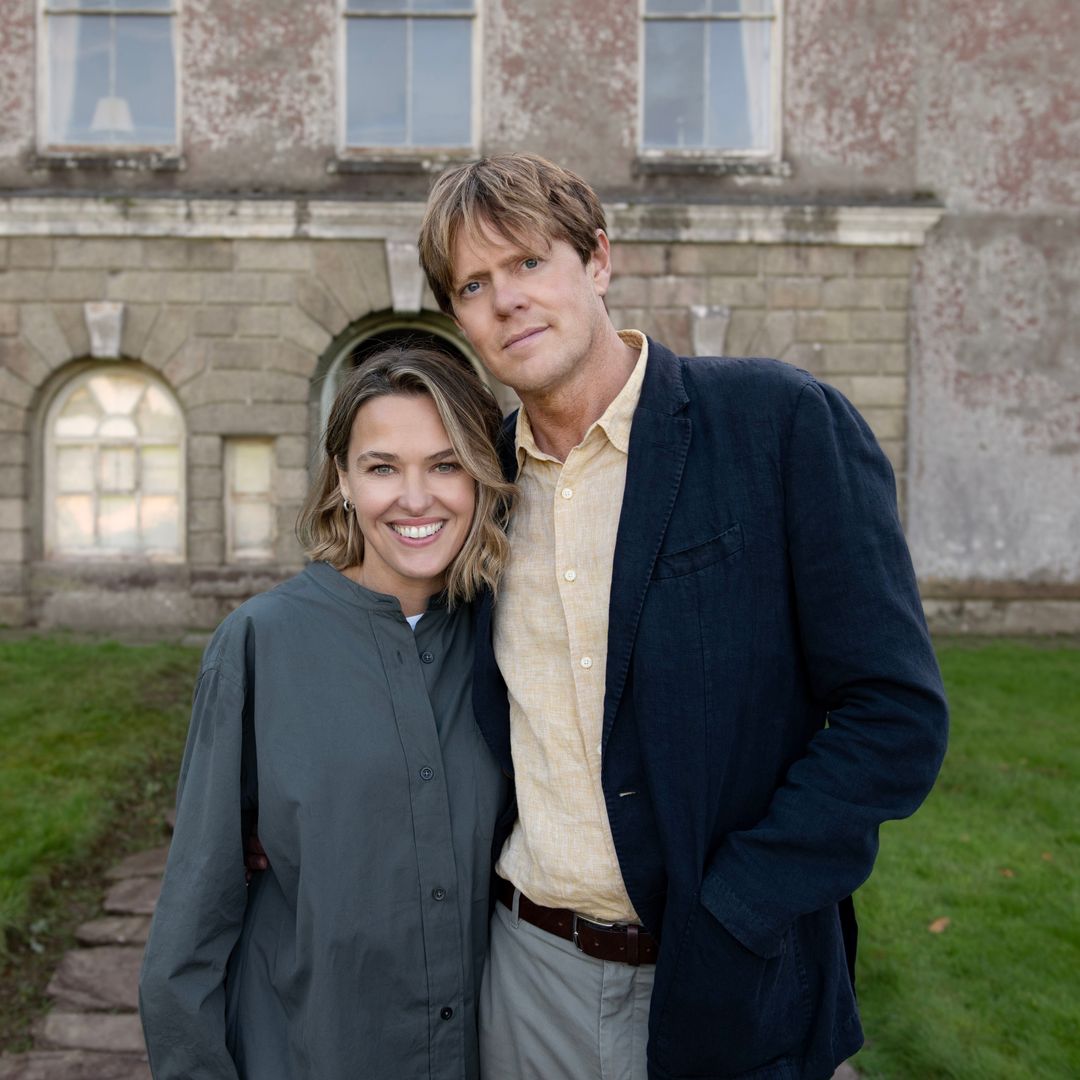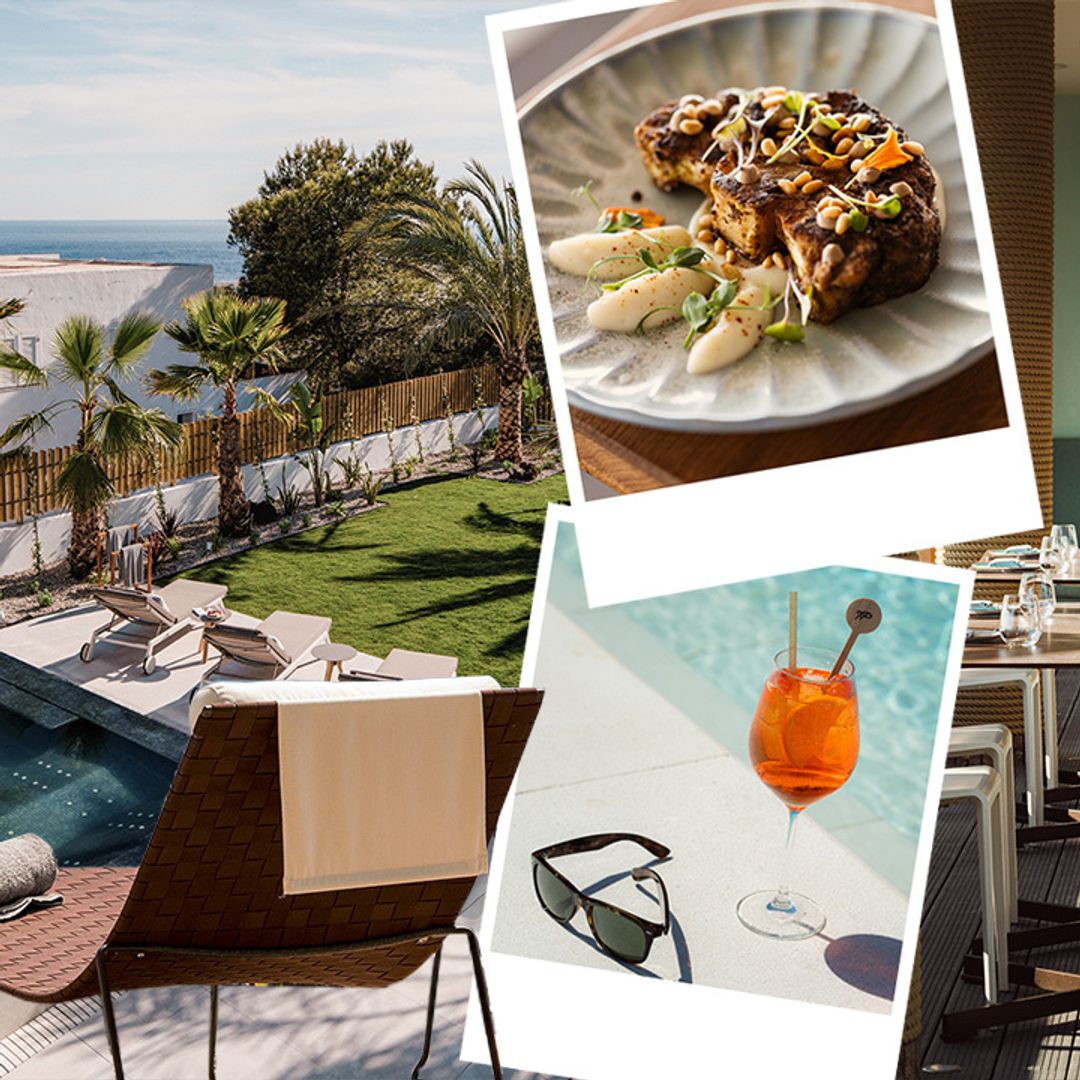The works of such artistic greats as Renoir, Monet and Pissarro so frequently feature the picturesque hills of Marly-Le-Roi and Louveciennes, and the quiet stretches of the Seine as it idles through Chatou and Port-Marly that this area around 20 kilometres outside Paris, has become known as the land of the Impressionists. Together with Normandy, in the northwest of the country, it is considered the cradle of this great artistic movement, which centres on the effects of natural light on the landscape. Now a group of small towns in the area have joined forces to create a delightful experience for art lovers as around 30 full-size reproductions of the works have been installed on the Impressionists trail, in the very locations where the painters set up their easels a century and a half ago.
One of the most famous of the chosen works must be Renoir's Dejeuner des Canotiers – the Boating Party Lunch – that immortalises a lunchtime on the balcony of the Maison Fournaise, an Art Deco restaurant that, even today, retains the pleasant leisurely ambience captured so expertly by the artist in 1881.The reproduction of this famous work, now on show on the banks of the Seine just a few metres from the restaurant, poses a kind of spot-the-difference puzzle for travellers, as the details of the balcony with its striped awning have barely changed since they inspired Renoir.
A little farther away, another work by the same artist, Remeros en Chatou – Oarsmen at Chatou – invites us to step back into the past again, as it shows a group of day trippers on the bank alongside a boat in the very same setting where, today, a wooden skiff, property of a local boat repairer, rocks gently on the water.
These are just two of the works chosen to pay tribute to the great artists who haunted the region that offered them scenes with their favourite themes as well as the contrasts of light that so fascinated them. According to Elisa Barbier, the director of the area's office of tourism, “What interested them was the light. They were seeking a contrast between the clouds and the water, which is why they came to the banks of the Seine,” she says, pointing out the white reflections of the clouds bobbing on the river, an image straight off the canvas of so many of the masters' works.
When it comes to subject matter, Barbier believes the Impressionists of the region can be divided into two groups: those, such as Sisley who were interested in the industrial activity of river ports such as Port-Marly, and those, like Renoir and Monet, who focused on the leisure activities of the time, such as boating, and dancing.
There are hundreds of works featuring the region on view today in museums and galleries around the world, and the great output of the artists stands as mute witness to the customs and changes of the French countryside of the nineteenth century. This includes such unexpected events as the 1876 flooding of the Seine, which triggered a host of works, including Sisley's l'Inondation à Port-Marly – the Flood at Port-Marly. The original can be seen in the Musée d'Orsay but a reproduction is on view outside the building where it was painted.
Other scenes along the way will recall more great artists, such as Morisot and Pissarro, the hand behind some of the marvellous views of Louveciennes on display in the Musée d'Orsay and the National Gallery in London. Later came the post-impressionists, Denis, Derain and de Vlaminck, whose work firmly reminds us that the banks of the Seine were a great artistic inspiration until well into the twentieth century.
But the cultural delights of this area so near the French capital are not limited to paint and canvas: here, you'll find the elegant park at Marly, where Luis XIV had a smaller and less formal chateau than the great Palace of Versailles. And one of the architectural gems of the area is the chateau de Monte-Cristo, the summer residence of Alexandre Dumas named in honour of his epic adventure novel.








